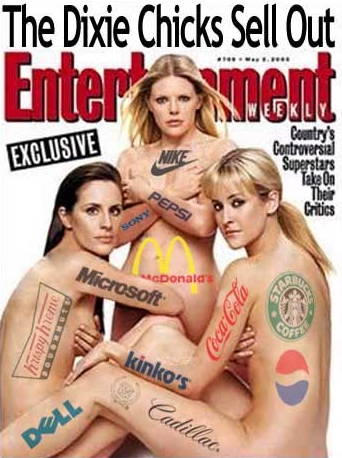 For years I’ve written countless words about “do this” and “don’t do this” related to online video creation. Some of this applies to amateurs or pros, and some to advertisers and brands. Today’s advice pertains to three “Golden Rules”, and it’s important for all of us- but especially creators.
For years I’ve written countless words about “do this” and “don’t do this” related to online video creation. Some of this applies to amateurs or pros, and some to advertisers and brands. Today’s advice pertains to three “Golden Rules”, and it’s important for all of us- but especially creators.
Let’s look at the Three Biggest Mistakes made by online video creators (and that does include “viral campaigns”):
- Emphasizing quality over cost.
- Believing good content will get seen.
- Caring about what the audience thinks.
Now you skeptics just mentally formulated the three following counterpoints while reading the Big 3 Mistakes above. I’m right, aren’t I?
- Higher production value generally means the content is better
- The social aspect of the web means good stuff rises and bad stuff dies
- The most savvy creators listens to audiences and predicts them, thus creating content that’s more popular.
The good news is that your counterpoints are indeed accurate. The bad news is that if you live by them, you’re going to be broke, frustrated and unsatisfied in your work. I promise. And a promise is a promise. So today, Uncle Nalts will serve up the 3 Golden Rules that shall guide you on your path to online-video sustainability. They’re subject to change as the market matures, but who cares? If you succeed you’ll find your own reasons to explain it. And if you fail, you won’t soon return to this post because it will piss you off.
Golden Rule #1: At all costs, manage costs. There STILL isn’t a safe online-video monetization model (advertising, purchase, rent) for the majority of video content online. This is actually good news for amateurs like me, because we’ll sustain while better creators come and go — studios simply can’t justify a team of writers, producers, directors, actors, editors on the hopes of finding an audience (that day will come perhaps). I certainly am not the best video creator, but I’m probably one of the most profitable. I write, shoot, edit, and act… So I don’t have costs beyond my excesive time (which I justify by joy, not an hourly wage) and the nominal amount I spend on equipment and variable fees. Most of the people in my videos are acting for fun like I do, and occasionally I’ll pay them with bribes and gift cards.
Golden Rule #2: Good Content is Not Popular. It’s time you separate your notions of what’s good and what’s popular. You couldn’t have predicted 10 years ago that a cup of coffee would cost more than a gallon of gasoline — and that you’d bitch about gas prices while sucking down your overpriced moca frapolati venti with vanilla sprinkles. Good isn’t popular, and popular isn’t good. Does that mean you strive for popularity? Nope. That’s like trying to change the direction a boat is taking by hoping the wake shifts direction. But don’t lose hope here! Nalts doesn’t drop crap on your desk without telling you how to clean it. The lesson is that you’re responsible for getting your videos seen if you want your videos to be seen. I’ll bet you’ve been obsessing on what you do before you hit upload, and subconciously starving everything that happens after that (as if it’s beneath you). Don’t pimp and spam it (I know some video creators that should be Amway reps), but invest in some gentle efforts to get the video to a relevant audience. If the video is about cheese, did you remember to send it the cheese blogger? He’s got an audience of cheese lovers, and not much else to write about.
Golden Rule #3: Screw The Audience. I’m serious. This is really, really hard to do. There are times where you’re hypercharged by the feedback and audience interaction. It’s validating, it helps hone your storytelling, and it’s instant gratification. But almost no online-video creator is at risk of losing touch with their audience — the medium consumes them. Rather, most popular creators lose their steam because they focus on feeding the audience instead of instinct. What began as a fun outlet becomes an obligation. Experimentation becomes repetition of a formula that seems to work (Zipster08 and SMPFilms have, interestingly, spun off LocoMama and a Sparta the Cat channel the same week — these were recurring bits that grew and sustained much of their audiences, but fatigued others). By focusing on the audience above all, desperation and frustration sets in. The remedy for artistic sustainability is caring less. Get back to doing what’s fun and ignoring the “you’ve lost your edge” cold-prikly comments but also the “that’s the best video you’ve done” warm fuzzies. Every video creator I know (and I know a lot of you) pays too much attention to feedback, and I’m quite confident it’s the root cause of death spirals (including my own). For you advertisers, I’d adapt this rule as follows: don’t follow the formula because it’s already been done. The best judge of future viral failure is past viral success.
Moses has spoken.








